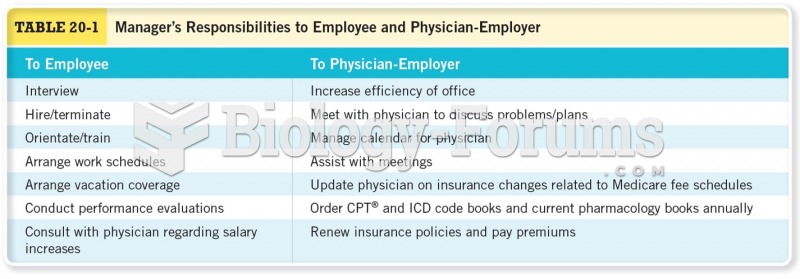Code the following physician encounters using ICD-9-CM, ICD-10-CM, and CPT. Sequence the codes in the correct order. Assign any needed modifiers.
PHYSICIAN OFFICE VISITPATIENT: BRADYOFFICE RECORD NUMBER: 07-68-23DATE OF SERVICE: 04-16-XX PHYSICIAN: DR. KIM, M. D. SUBJECTIVE: This 8-year-old male established patient presents to the physician office with the chief complain to cough that has been productive of brown sputum. The patient is brought in by his parents. He has no significant fever tha the has noted, but did vomit yesterday. The cough has become worse recently, so he has come in for evaluation. The mother believe she has had a night fever as well, and has seemed to be ornery more than normal. No known allergies. No current medication. Patient has recently been treated for pneumonia.
OBJECTIVE: Physical examination reveals a healthy young male. Blood pressure is 102/54, temperature 97. 9, pulse 104, respirations 28. HEENT: Normocephalic. Right TM is slightly inflamed. Left TM appears normal. Pupil sare PERRL and EOMI. Orophary nxismildly inflamed posteriorly, but no exudate or petechiae. Neck is supple without thyromegaly or adenopathy. LUNGS: Some congestion heard in the left lung fields, with some diffuse rale sand rhonchi. He has no associated coughing, noretractionsor cyanosis. The heart has regular rate and rhythm without murmur. The abdomenis soft without or ganomegaly, non tender top alpation. Extremities show no clubbing, cyanosis or edema.
Achest x-ray was done, which show edinfiltrate in the right lower lobe, also in what appears to be theretro cardiacregion. This is consistentwith pneumonia.
IMPRESSION: - Pneumonia.
- Earlyrightotitismedia.
PLAN: I discussed my findingswith the family. The family was concerned about the recurrence of pneumonia in this child, and whether he will have this chronically. I have advised the family that he may have a tendency toward it, but the father's smoking does not help things, and have advised the father that he might best quit if possible. The patient on erythromycin 400 mg tid for 10 days. The patient is to be seen in followup in 2days to be sure x-ray is clearing and then follow up after the course of antibiotics.
ICD-9-CM diagnosis code(s): _____________________
ICD-10-CM diagnosis code(s): _____________________
CPT code(s) with modifier, if applicable: _____________________







